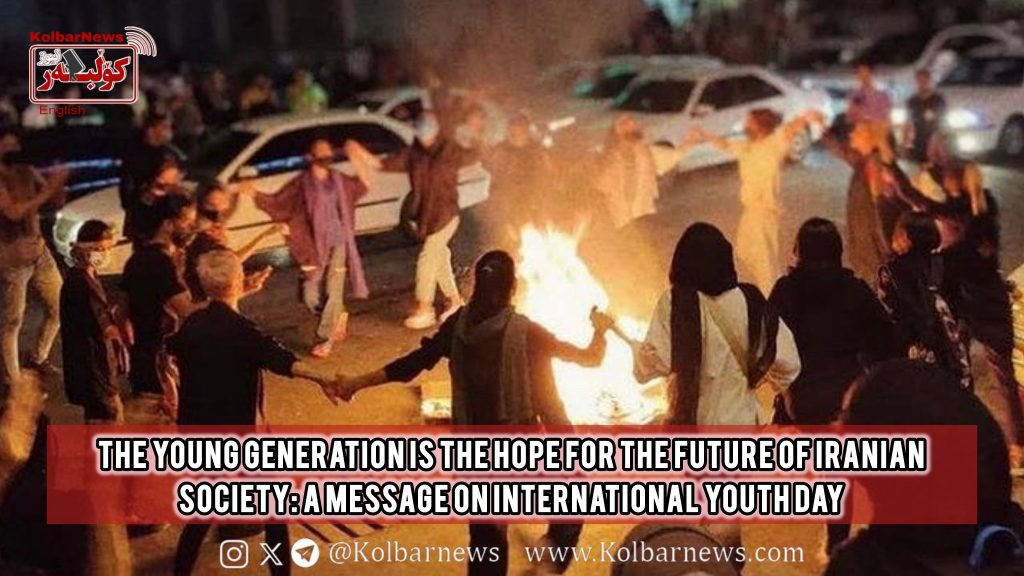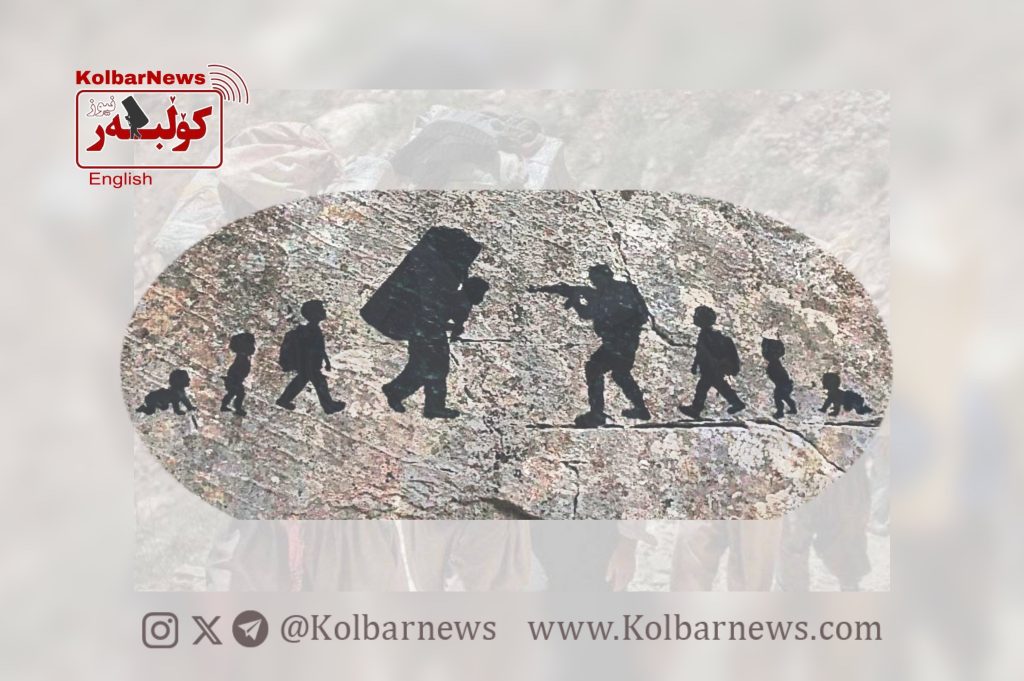
Today, on Monday, August 12th, the world observes International Youth Day. On December 17th, 1999, the United Nations General Assembly declared this day as International Youth Day. Although such an occasion has not yet resolved the problems faced by youth, especially in underdeveloped capitalist countries, it at least provides an opportunity to address the challenges young people face in a country like Iran. Today, under the rule of the Islamic regime, unemployment stands as the primary issue confronting educated youth.
Iran, relatively speaking, has one of the largest youth populations in the world, and consequently, this segment of society suffers the most deprivation and social harm. However, one of the most fundamental problems facing young Iranians is unemployment. A key characteristic of unemployment in Iran is the large number of unemployed university and high school graduates. The youth population, primarily between the ages of 15 to 30, amounts to nearly 32 million. According to statistics released by the regime, about 13 million people in Iran have a university education. Semi-official statistics suggest that the unemployment rate among educated youth in Iran exceeds 50%. The inability of university graduates to find jobs that match their field of study has driven many to take up temporary jobs like street vending. If families once believed that sending their children to university would secure them a good job in the future, today they see that not only has this goal not been achieved, but university education has become an obstacle to finding employment for their children.
Unemployment is closely related to the spread of social harms, including drug addiction. A young person, filled with hope and dreams, who has overcome countless obstacles imposed by the regime or severe poverty, ultimately earns a degree from high school, technical school, or university. After obtaining their degree and wasting two years of their life in military service for the regime, they still see no hope of finding a job matching their qualifications. Such a person sees all their dreams shattered. How should a young person feel who, due to unemployment and lack of financial independence, feels like a burden on their family and is unable to afford the expenses of marriage and starting a family? Under the rule of the Islamic Republic, young people in Iran neither experience the vitality and enthusiasm of youth nor have the opportunity to develop their talents and skills. In such circumstances, it is no surprise that over one million drug addicts in Iran are under the age of 18, and the average age of addiction has dropped to 13. The rates of mental disorders, anxiety, and depression have significantly increased among young people.
It is important to note that while all young Iranians suffer under the oppressive rule of a reactionary and anti-freedom regime, their experiences are not uniform due to their different class backgrounds. The challenges faced by young people from working-class or low-income families are different from those of young people who have the protective umbrella of a wealthy family. However, the expansion of the working class’s struggles—regardless of age, gender, or other factors—and the liberation of this class from the Islamic regime and the current exploitative system will undoubtedly lead to the liberation of the majority of young people in Iran from the inhumane conditions imposed on them by this regime. Young people whose talents have been stifled by a reactionary regime, who have spent the best years of their lives under pressure from anti-scientific and reactionary education systems, who are denied the freedom to choose their clothing, who are imprisoned and tortured for the smallest protest against political and social injustices, and who are deprived of the basic right to socialize with the opposite sex—all these young people share common struggles with the working class and their liberation from these inhumane conditions is possible through solidarity with the struggles of the working class.
Our view of the lives of young people in Iran would not be complete without highlighting an encouraging reality. The Islamic regime has implemented numerous projects to control the bodies and minds of young people, but all these projects have burst like bubbles in the face of the progressive movement of society. In reality, all the regime’s investments over the past 45 years in this regard have been in vain. As a result, the regime is constantly seeking revenge on the youth, whom it failed to mold into submissive and weak-willed individuals during their school years. While young Iranians may be unemployed and deprived of the basic opportunities to enjoy the benefits of youth, they have not surrendered to the status quo and have chosen the path of resistance against this regime. The peak of the political and social expression of the younger generation was seen in the “Woman, Life, Freedom” revolution. This movement demonstrated the latent potential and high social capacity of Iranian youth for change. The “Jina Revolution” showed that these young people, whenever given the chance, strike at the very foundations of the Islamic despotic republic.

